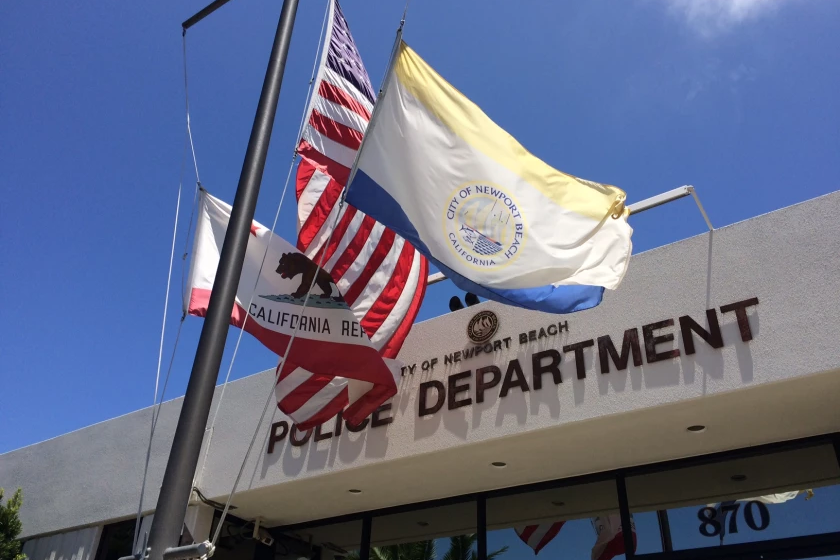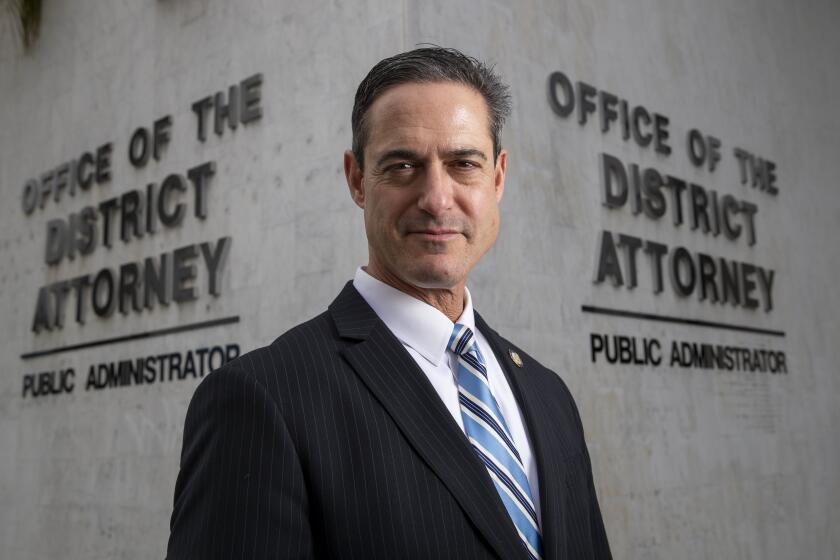THE GOOD OLD DAYS:A view from the lifeguard tower
- Share via
Al Irwin inadvertently began his work with the Newport Beach lifeguards as a 14-year-old fooling around with a friend on the beach.
Hanging out near the Newport Pier with a lifeguard and fellow member of the Beach Rat Boys, a name his mother gave a large group of boys aged 2 to 16 who rarely left the shoreline, Irwin tagged along when his friend got called to a rescue.
Hopping into a dory — a small, shallow boat — they rode out to the offshore gambling barge to pick up a larger boat before heading to the Santa Ana River jetty, where five young girls were caught in a riptide. With the help of the fire captain, Irwin rescued two of the girls.
“A month or two later, I received a check for $2 from the city,” the 88-year-old Newport Beach resident said. “From that day on, I was a lifeguard.”
The following year, 1933, Irwin officially joined the lifeguards and worked full-time every summer until he joined the Navy in 1941. He later returned to the department, where he worked and volunteered until 2003.
Irwin made 50 cents an hour working nine-hour days at the Montero Street tower in the 1930s and 1940s. Other than the red trunks, red jacket and navy-blue cap provided to them by the city, lifeguards had to bring whatever they had at home to use as equipment while on duty. And they always had to bring a rake or shovel to clean up the area around their station.
“Now they’ve got jeeps, boats and guards on either side,” Irwin said. “They can get to an emergency in no time flat.”
In addition to cleaning, lifeguards in Irwin’s time counted all dead birds and seals in sight. He picked up any tar found at the seashore, which was reported to local ports. Irwin also collected daily water samples, which were taken by the case for analysis at the local health department.
“Time went by quickly when you were out on the beach,” he said. “A nine-hour day seemed short because the people on the beach were very friendly.”
Back then, lifeguards were stationed to a single tower for the entire summer, so they were able to get to know beachgoers. This included the next generation of “beach rats,” prompting Irwin to begin a junior guards program in 1938, by which time he was the lifeguard captain.
The boys were given old equipment and basic training in rescue techniques, and they served unpaid while the lifeguards ate lunch. It was quite distinct from today’s Junior Lifeguard program, which provides training each summer for about 1,200 boys and girls in beach safety and rescues.
For Irwin, communication has been the biggest change; he recalls having no telephone or radio connection to headquarters. If supervisors needed to get ahold of a guard, they called a shop nearby his post and asked the owner to pass on a message.
And because Irwin lived so close to the beach — in an apartment his father built near the Newport Pier above what is now Blackie’s By the Sea — the Fire Department twice called him in the middle of the night to rescue drunk men who had fallen off the pier.
Lifeguard Battalion Chief Jim Turner said today’s lifeguards undergo much more training than in Irwin’s day, though back then the qualification test included a timed swim around Balboa Pier, a 50-foot rope climb and an evaluation of one’s rescue skills and first aid training. Also, lifeguards had to re-qualify each week by swimming from the Balboa Fun Zone to Balboa Island and back in 15 minutes or less.
“The concept of lifeguarding is still the same — somebody watching the water, taking preventive actions and making rescues,” said Turner, who was trained by Irwin when he joined the lifeguardforce in 1973. “But we have a more structured, organized environment now.”
Being raised in and on the water, Irwin finds it impossible to leave the beach, a place that had long been a source of income before his days as a lifeguard. As a youngster, he was paid 25 cents a box to package large containers of smelt for shipping. He also collected soft-shell sand crabs, which he sold to a local tackle shop for 10 cents a dozen.
These days, he continues to wake up each morning at 5:30 to walk on the beach in front of his home on West Oceanfront. And each year he volunteers at the lifeguard association’s ocean races, calling out racers’ times.
All the latest on Orange County from Orange County.
Get our free TimesOC newsletter.
You may occasionally receive promotional content from the Daily Pilot.







